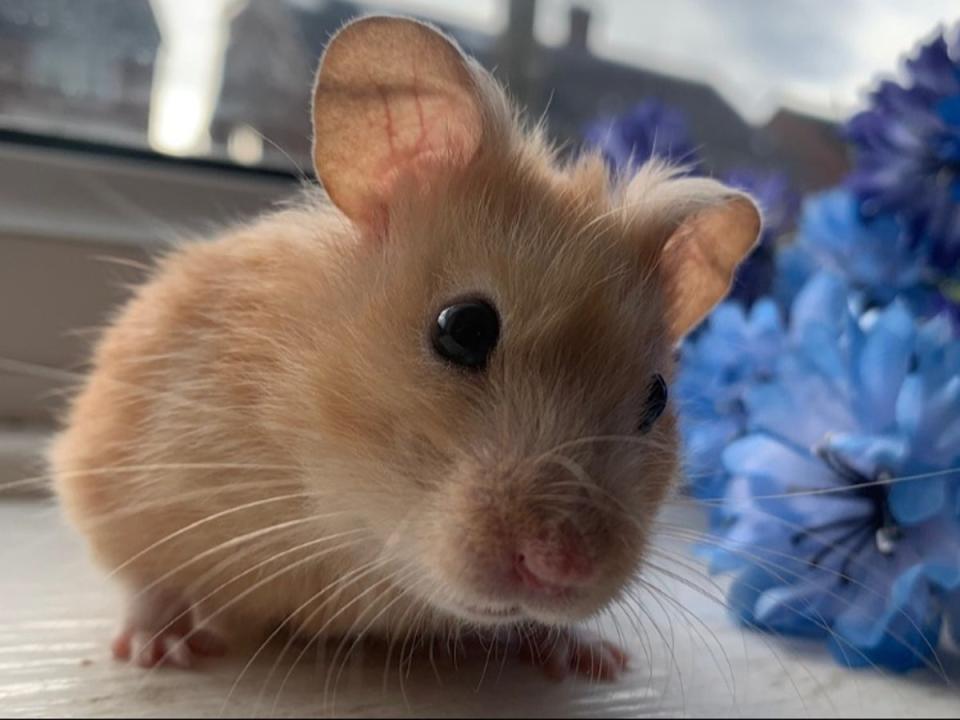Revealed: Why hamsters die

Hamsters are among the most popular pets around the world, commonly given to children because they are cute, easy to care for, never outstay their welcome and offer valuable lessons in commitment and responsibility that prepare a family for taking on a larger, more demanding animal like a puppy or kitten.
These small rodents are perfectly content spending their days spinning in wheels or roaming through elaborate labyrinths of plastic tubing and seldom complain provided they are kept supplied with fresh sawdust, drinking water and seed mix.
However, until now, relatively little research has been done into the threats to their health and wellbeing, meaning their sudden death or diagnosis with a terminal illness by a vet can leave their impressionable young owners facing an upsetting shock.
The new VetCompass study from the Royal Veterinary College (RVC), whose findings were published on Thursday, sought to find out more about precisely what ails the common hamster, something the animals themselves typically prefer to keep concealed to avoid betraying a weakness to predators, with a view to better preparing families for their pet’s inevitable demise.
Given that the average lifespan of these creatures is just 1.75 years or 21 months, the end tends to come sooner rather than later.
The study was the largest of its kind undertaken anywhere in the world to date and saw scientists examine the anonymised clinical records of a random sample of almost 4,000 hamsters, with the Syrian or golden variety accounting for the majority of cases at 73.5 per cent, followed by the Djungarian or winter white dwarf (13.8 per cent) and the Roborovski hamster (6.4 per cent).
The researchers used the data to pinpoint the most common causes of death in the animals and the answers were, quite frankly, pretty disgusting.
The likeliest fatal disorder turned out to be a nasty sounding condition known as “wet tail”, a bacterial infection brought on by stress often associated with dissatisfaction over their living conditions or treatment that caused 7.33 per cent of the hamsters studied to die of dehydration as a result of diarrhoea.
Arguably even nastier was the second most common: death by bite injuries from violent territorial brawls with other hamsters, which proved mortal in 5.88 per cent of cases.
Perhaps these furry little warlords are not so cuddly after all.
The top five was rounded out by overgrown nails (4.13 per cent), overgrown front teeth (3.98 per cent) and traumatic injury (3.8 per cent), all equally unpleasant ways to go.
Dr Dan O’Neill, associate professor in companion animal epidemiology at the RVC and lead author of the paper, said: “Parents can now help their children with realistic expectations of how long their hamster may live and what are the most common conditions to look out for to protect the health of these delightful little creatures.”
Justine Shotton, president of the British Veterinary Association, added: “Hamsters can make good pets but it’s important for their specific welfare needs, such as being nocturnal, to be understood and met and that both owners and vets are aware of the common signs of ill health, so they know when medical intervention is needed.
“It is advisable to speak to a vet before getting any pet, to make sure it is the right animal for all who will be responsible for it.”

